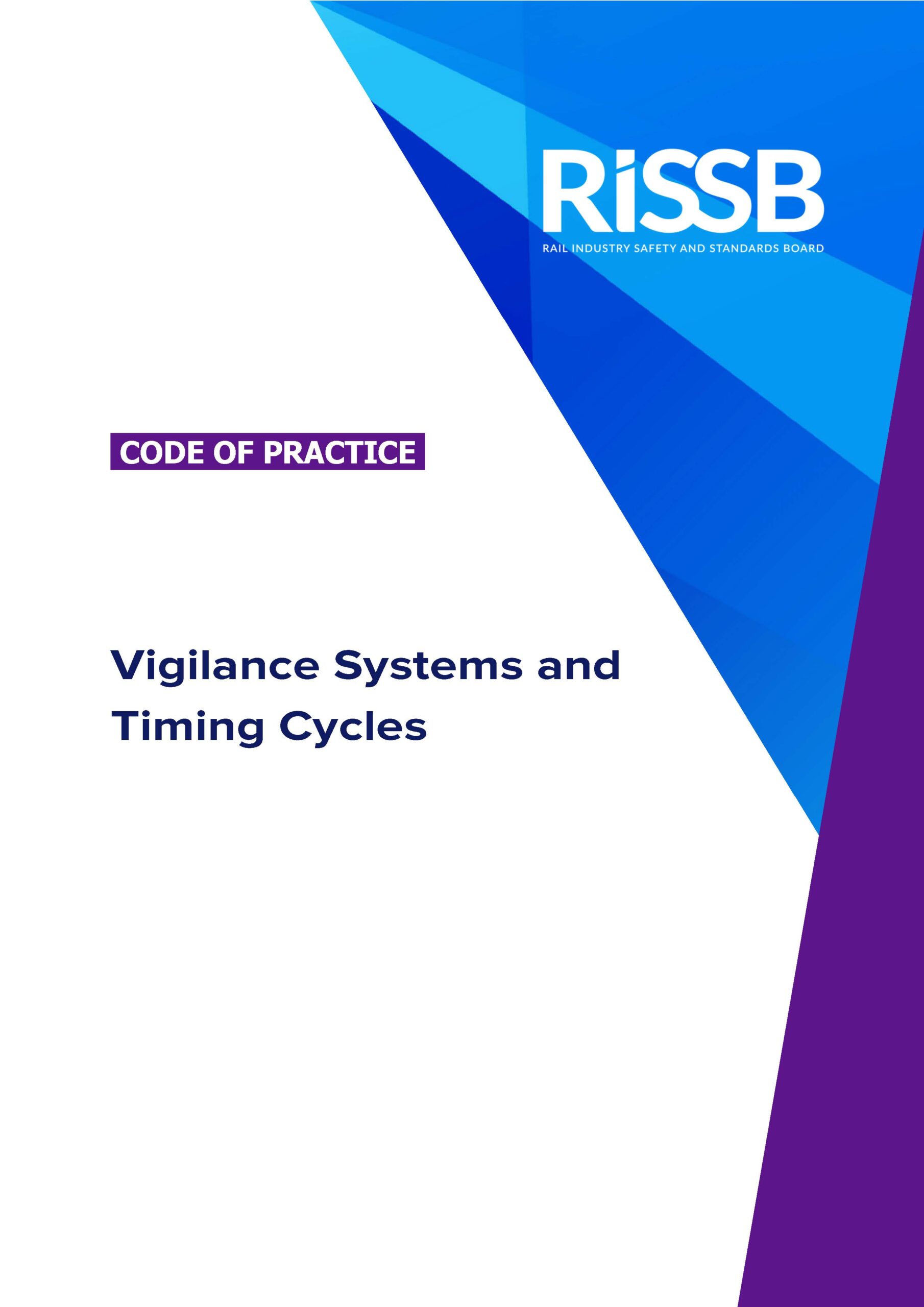The purpose of this document is to provide RTOs and system designers with a process for determining the appropriate vigilance system and timing cycles for specific operational context.
Frequently asked questions
The purpose of this document is to provide RTOs and system designers with a process for determining the appropriate vigilance system and timing cycles for specific operational context.
Vigilance System Effectiveness and Challenges
The CoP addresses how vigilance systems aim to maintain Rail Traffic Crew (RTC) alertness and prevent incidents caused by RTC incapacitation. It acknowledges system limitations, such as subconscious responses to alerts, gaps in monitoring during timing cycles, and poor workload design that can lead to cognitive disengagement and fatigue.
Risk-Based Approach to Timing Cycle Development
The process of determining vigilance system timing cycles should consider operational context, RTC workload, human factors, and integration with onboard train protection systems (OTPS). Different timing cycle types (fixed, random, speed-variable, task-linked) must be evaluated for optimal balance between engagement and alertness.
Human Factors and System Enhancements
Cognitive load and task complexity influence RTC engagement, with both excessive and minimal workload leading to reduced vigilance. Human factors considerations (habitual responses, distraction, fatigue, ergonomic design) must be integrated into system design.
This CoP provides a framework for Rail Transport Operators and system designers to determine appropriate vigilance systems and timing cycles for safe rail operations. It applies to rolling stock across Australian and New Zealand rail networks, covering freight, passenger, light rail, and infrastructure maintenance vehicles. The CoP aims to improve Rail Traffic Crew alertness and risk management by integrating vigilance systems with onboard train protection systems (OTPS) while addressing human factors, workload design, and operational risks.
Interoperability & Harmonisation
The CoP establishes standardised vigilance system requirements across Australian and New Zealand rail networks, ensuring consistency in safety practices and train protection systems.
Safety & Productivity
The CoP enhances RTC alertness and risk management through improved vigilance timing cycles, reducing human error-related incidents while maintaining efficient and safe rail traffic movement.
The CoP addresses the following risks:
- RTC fatigue and incapacitation
- The likelihood of signal passed at danger (SPAD) and excessive speeds by integrating vigilance with onboard train protection systems (OTPS)
- RTC workload, monotony, habituation, and distraction by optimising vigilance timing cycles and system design
- Musculoskeletal injuries from repetitive vigilance acknowledgments through ergonomic design and task-linked systems
1. Assessment & Planning
- Conduct a gap analysis to compare your current vigilance systems and timing cycles with the CoP requirements
- Identify operational risks, RTC workload considerations, and existing onboard train protection systems (OTPS)
- Engage key stakeholders (e.g., safety managers, RTC representatives, engineers) to align implementation goals
2. Integration & Customisation
- Define the operational context for vigilance systems based on your rail operations
- Develop or adjust vigilance timing cycles using a risk-based approach, considering human factors and system interoperability
- Ensure compliance with AS 7511 and other relevant standards for seamless integration with your fleet and infrastructure
3. Training, Monitoring & Continuous Improvement
- Train RTC personnel and relevant staff on the updated vigilance system requirements
- Conduct pilot trials and data analysis to refine system performance and minimise unintended distractions or habituation risks
- Establish ongoing monitoring and review processes to adapt the vigilance system as operational needs evolve
Receive Updates
Click the button below to register for product updates
Register Now



